Slow Cooker, Pressure Cooker, Dutch Oven or Instant Pot—Which One’s Best for You?
Updated: Apr. 13, 2024
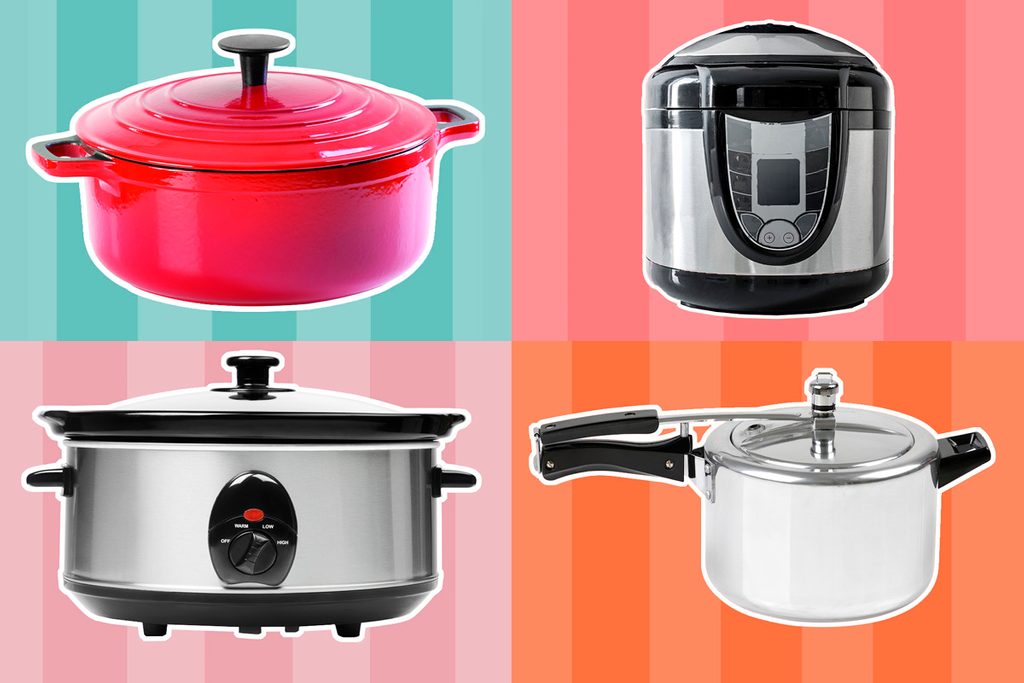
To help you find the right kitchen gadget for your family, we're looking at the pros and cons of four popular appliances.
Our editors and experts handpick every product we feature. We may earn a commission from your purchases.
When it comes to easy, comforting foods, many people turn to one of four appliances: the classic Dutch oven, standby slow cooker, new electric pressure cooker or even the manual pressure cookers of yore. Each of these options has its advantages and preferred applications—like stewing, braising and more. We took a closer look at each device to give you the lowdown on what makes it great (or what challenges lay ahead).
Slow Cooker
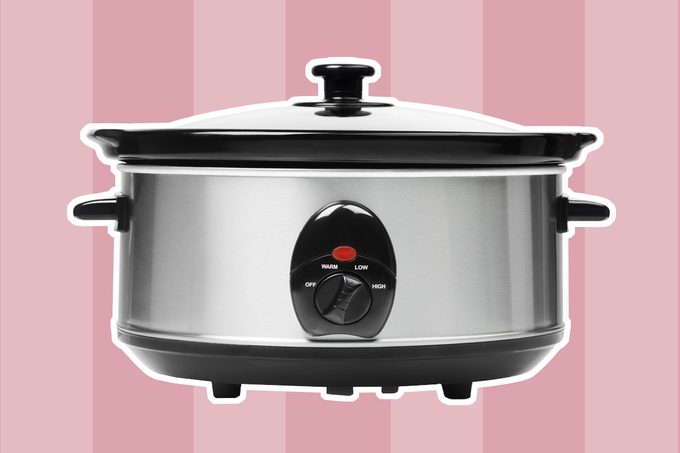
The slow cooker is one of the most popular appliances in the U.S. (and one of the most popular searches on our website). You can find a staggering number of slow cooker cookbooks, and an equally impressive number of recipes.
Pros
- Easy to use. The slow cooker defines kitchen convenience. Most times you dump in your ingredients, set it and let it go. Lift the lid to add new ingredients if you choose (but not to peek—that loses heat) and unplug when you’re done.
- They hold in heat. Nothing compares to the slow cooker’s ability to keep that cheese dip or chili warm for several hours. There’s almost no chance your potluck dish will reduce too much or burn from the heat.
Cons
- The flavor can be iffy. If you’re hoping to sear ingredients to build layers of flavor, forget about it. You can use a cast-iron skillet first, but that creates an extra dish to wash.
- It cooks at low temps. Even on the high setting, slow cookers don’t get as hot (or as quickly hot) as a Dutch oven or pressure cooker. This means starches don’t break down fully, even after six to eight hours of cooking time.
- Your food can lack texture: A long stay in the slow cooker means that some foods can lose their great texture. If you let veggies like carrots sit too long, they’ll become mushy.
- Excess moisture builds up. Moisture evaporates from the ingredients as they simmer, creating all that condensation on the lid. This can cause your food to turn out thin and watery.
Find the best slow cooker, according to our Test Kitchen.
Dutch Oven
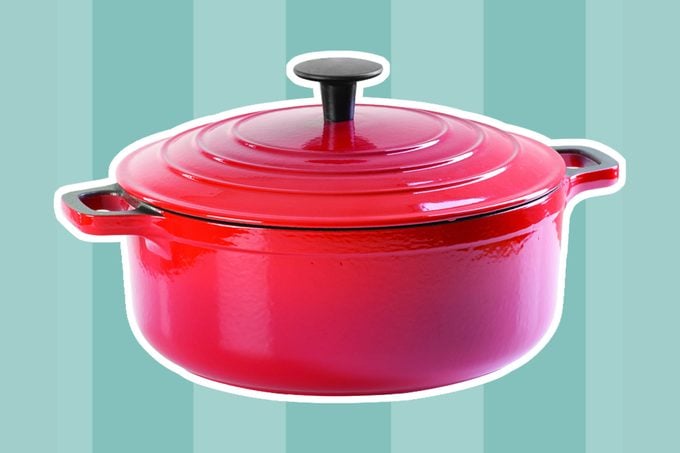
The chef in me wants to use a Dutch oven for everything—it’s the original braising machine. This heavy pot is the perfect way to transform tough cuts of meat into a flavorful stew or make traditional bone broth at home.
Pros
- Dutch ovens are versatile. Use the Dutch oven on the stovetop or in the oven (or a combination of both). In the oven, the food will be heated from all directions, improving browning and developing superior flavor.
- One-pot cooking. You can sear, sauté, soften, simmer and boil all in the same vessel. No extra dishes to wash.
Cons
- Time. Like the slow cooker, the Dutch oven requires time. It might achieve hotter temperatures, but it still takes a good amount of time for fall-off-the-bone tender braising recipes.
- It’s hands-on. You can’t walk away from a Dutch oven as easily as its electric competition. Most people feel comfortable setting the slow cooker and going to work, but not leaving the oven on while they’re away.
Put your skills to the test with these Dutch oven recipes.
Stovetop Pressure Cooker
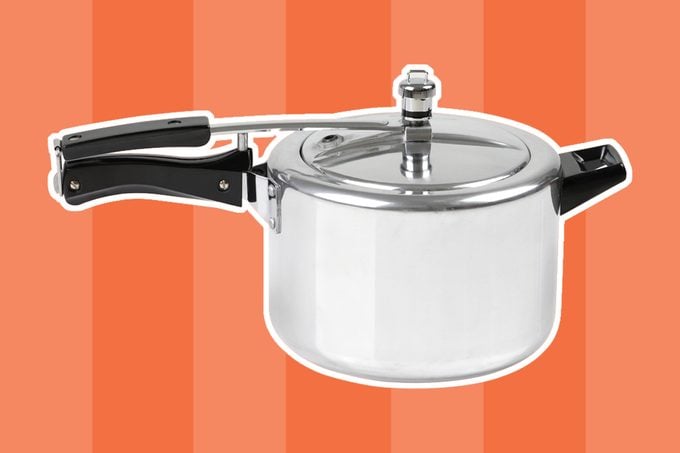
Pressure cookers work by sealing steam inside the pot to create pressure, raising the boiling point of water and speeding up cooking times. Older models were well-known for spewing hot water (and sometimes exploding), which freaks us out. But the newer models are safer, with fail-safe backup vents and overpressure release plugs.
Pros
- Stovetop pressure cookers work fast. Pressure cookers work faster than conventional cooking methods, so the same recipe for beef brisket or chicken cacciatore that would take 6-8 hours in your slow cooker will be ready in 45 minutes.
- It’s healthy. Pressure-cooked foods retain more heat-sensitive vitamins and minerals than boiled food does. Since liquids don’t reduce in a pressure cooker, less water is required and nutrients are less likely to dissolve.
Cons
- The lid can be tricky. We’ve all watched those episodes of reality TV where professional chefs fumble with pressure cooker lids. They’re tricky and, while newer models are more user-friendly, the thing won’t work if the cover isn’t seated correctly.
- Once it’s sealed, it’s sealed. Unlike the Dutch oven or the slow cooker, you can’t open the lid to add new ingredients in the middle of cooking. When the cooking time is up, you have to wait for the pressure to naturally release (typically 5-20 minutes).
Electric Pressure Cooker (Instant Pot)
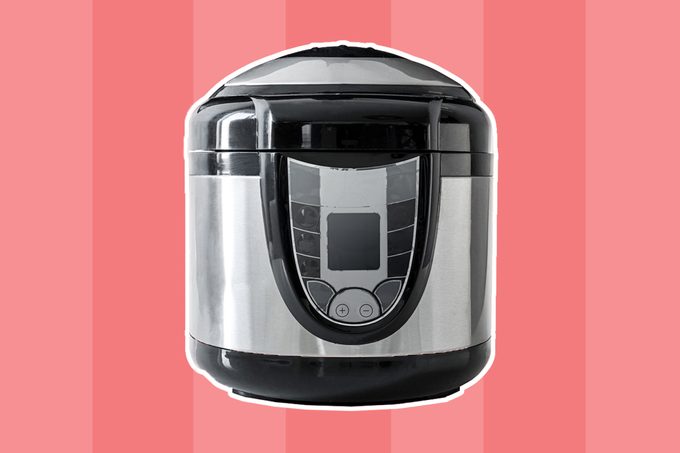
The Instant Pot craze is far from over, and the debate of Instant Pot vs pressure cooker is still alive and well. While this seven-in-one appliance has many functions, its greatest role is as an electric pressure cooker.
Also, check these instant pot deals that will surely level up your cooking.
Pros
- You can set it and forget it. There’s no need to set the oven, monitor the burner heat on your stovetop or keep an eye on anything at all. Like the slow cooker, you set the function and let it do its thing.
- You can use it to sauté. The Instant Pot’s sauté function allows you to brown ingredients (and build flavor) before simmering them. This makes it as functional as a stovetop pressure cooker or a Dutch oven.
- It’s quick. Like the stovetop version, the Instant Pot transforms your best low-and-slow recipes into a meal ready to eat in an hour. Your favorite risotto is done in 7 minutes, and short ribs take 40 minutes instead of being an all-day project.
Cons
- You have to wait. It can take 10-30 minutes for this thing to preheat. Then, once the food is cooked, you have to wait for the pressure to release (which can take up to 30 minutes). A quick-release function is available, but not for all types of foods (some dishes can clog the vents).
See what electric pressure cooker is tops, according to our Test Kitchen.
Now that you know the difference between these methods, you might find yourself trading in your favorite appliance for a new one (or snagging all four since they’re all handy!).
